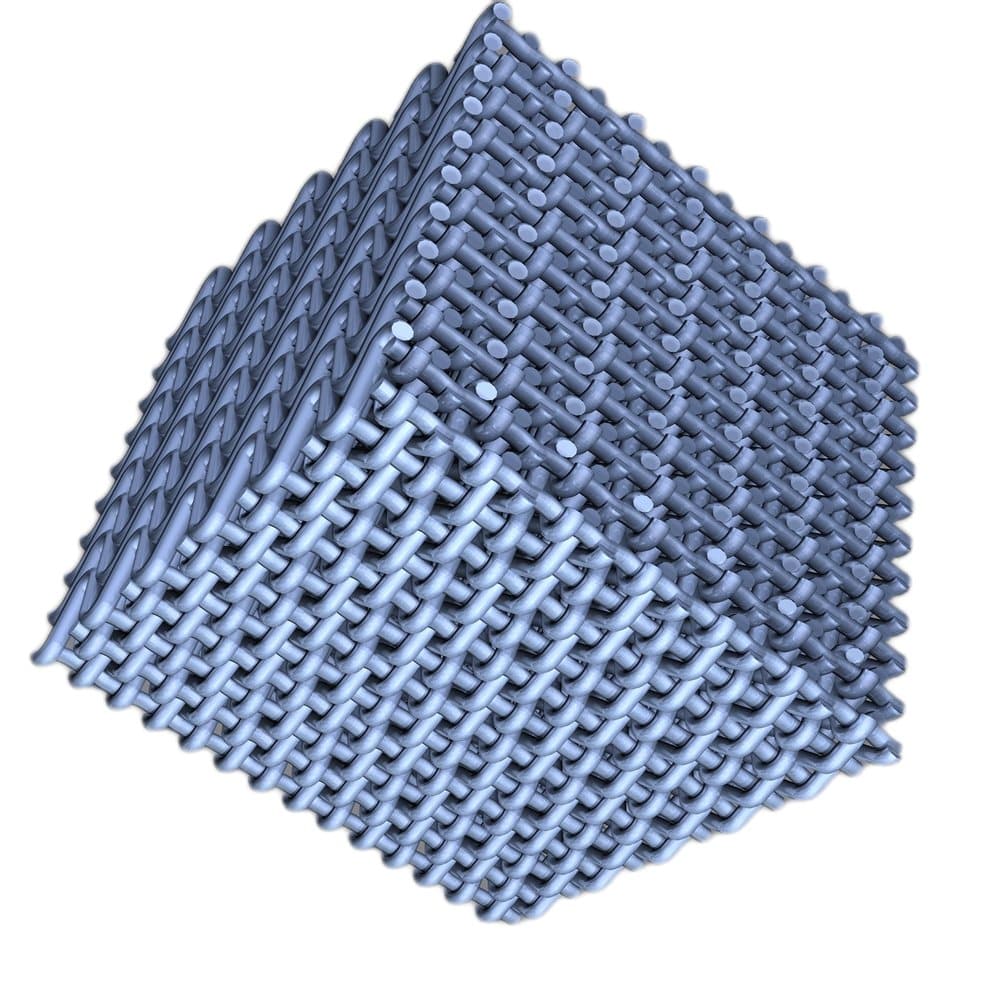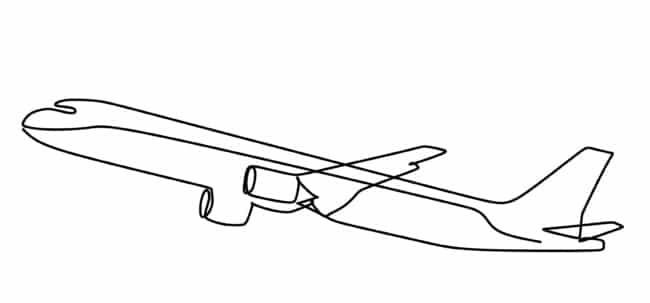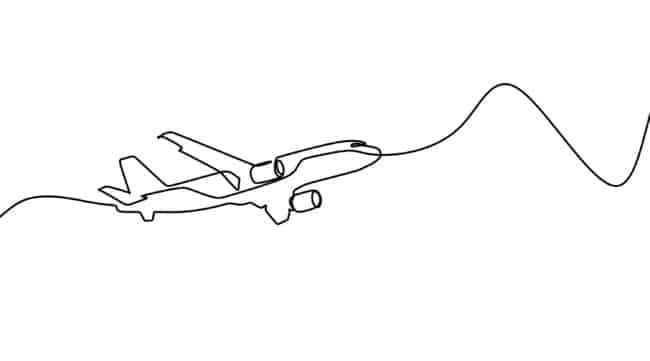What is carbon fibre ?
Carbon fibre is a man-made material, first developed in a primitive form in the late 1800s. It is composed of weaved strands of fibre – the fibre itself can be thinner than human hair. This structure is then carbonised and reinforced with a resin, producing an incredibly strong and durable material.
Carbon fibre products are created by setting the material over a mould to shape it – meaning it can take on a seemingly endless number of shapes.
Carbon fibre for applications within the aerospace industry is typically produced in a monolithic or sandwich structure. The monolithic structure comprises sheets of solid carbon fibre which are placed together and cured; this structure offers great strength. The sandwich structure, on the other hand, involves carbon fibre skin which has a low-density core, offering great stiffness.
Alongside its strength and stiffness, carbon fibre has many other useful properties, including high chemical and heat resistance and low thermal expansion.
New aircraft bodies and carbon fibre
As discussed, modern aircraft are increasingly using carbon fibre within the manufacture of aircraft bodies, wings, engine components, and more.
But why and how has this material induced a revolution in the aerospace industry?
Improved strength, corrosion resistance, fuel efficiency, fabrication processes, number of parts, and aerodynamic performance begin to explain why…

Improves body strength

Carbon fibre offers greater strength than aluminium, weight for weight. When utilised in the fabrication of primary aircraft structures, like the body, carbon fibre provides improved strength where traditionally aluminium would be used. When used in the replacement of aluminium, this strength comes with the advantage of reduced weight also, since it is lighter than metal.
Carbon fibre’s strength allows for more durable aeroplane structures, which is especially important when the plane must counteract forces such as wind resistance.
High corrosion resistance

Carbon fibre is a chemically stable material, meaning on a molecular level it will remain stable within its environmental conditions – such as heat, air, and pressure; this makes it a suitable material for the harsher environments created whilst in flight.
Whilst it depends on the type of carbon fibre used, it can also have high corrosion resistance, meaning it will not corrode or rust. This is in comparison to aluminium, which is susceptible to corrosion, although it has a high resistance to rust.
For enhanced resistance, carbon fibre can be fabricated with additives such as UV protection for greater durability.
Boosts fuel efficiency

One of the main factors in the fuel efficiency of an aircraft is its weight – the lighter the aircraft is, the more fuel-efficient since it takes less fuel to power and mobilises the structure. By using carbon fibre across a range of structures in an aircraft, the structure will be lighter than when using materials such as aluminium and steel.
Carbon fibre weighs around 40% less than aluminium, drastically reducing the weight of an aircraft and significantly lowering fuel consumption and costs.
This factor marks a great step forward for the aerospace industry in terms of reducing their carbon footprint and working towards a more environmentally friendly practice.
Easier to fabricate

Another reason why carbon fibre can be seen as a revolution in the aerospace industry is the scale at which it can now be produced. This can be attributed to the fact that carbon fibre is becoming increasingly easier to fabricate.
Whilst the fabrication of carbon fibre is still a complex – and relatively expensive – process, the process has greatly evolved since its first discovery. As more research is undertaken and advancements are made in the design and fabrication of carbon fibre, production levels rise and the material becomes more accessible. Costs are also lowered as demand can be fulfilled, meaning more aerospace manufacturers can get their hands on the material.
Reduced number of parts

As part of its fabrication, carbon fibre strands are moulded and set with resin. The ability to mould carbon fibre into almost any shape means aircraft manufacturers can incorporate more parts into a single mould. Where several aluminium parts would need to be assembled, carbon fibre offers a singular solution.
This not only cuts down on manufacturing costs for aerospace companies but can reduce the manufacture and assembly time.
Improves aerodynamic performance

The aerodynamic performance of an aircraft is improved with the use of carbon fibre. Carbon fibre can reduce the drag experienced by an aircraft due to the improved design, stiffness and smoothness of carbon fibre materials.
Carbon fibre is now used on primary structures, such as the wings, which helps to improve the aerodynamic performance with a swept wing structure.
The reduced weight of carbon fibre when used across both primary and secondary structures also contributes to the aerodynamic performance of an aircraft.
The improved aerodynamic performance also helps to boost fuel efficiency and lower fuel costs.
TALK TO THE EXPERTS
Established in 1985, we have built a strong reputation for manufacturing excellent products within tight timescales and to extremely high tolerances. In order to achieve this, we use state of the art equipment and traditional, time honoured processes and skills.
Call us on:
01455 890 571
Email us at:
sales@pentapatterns.co.uk